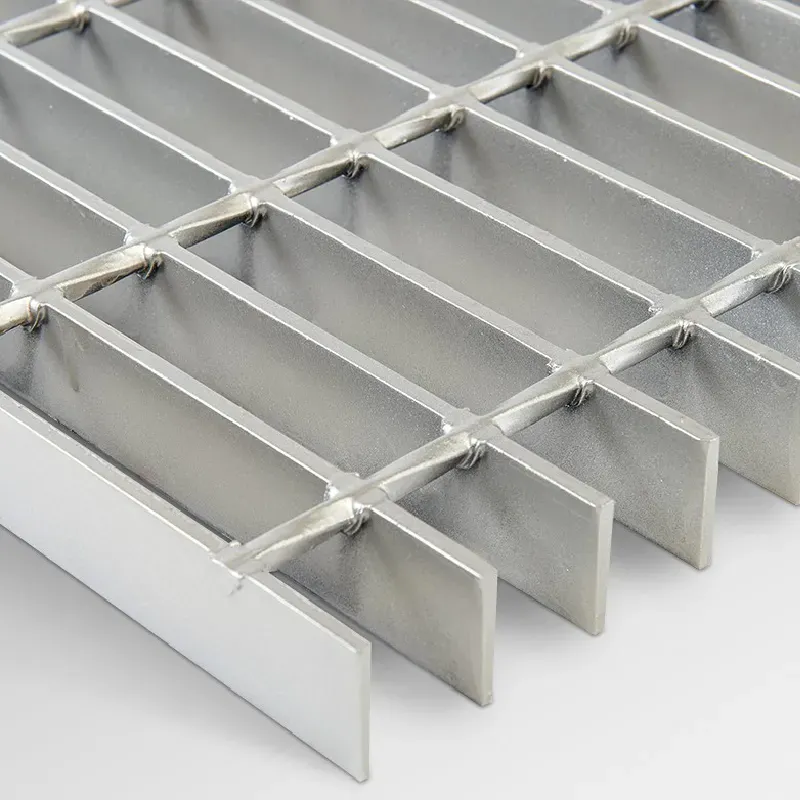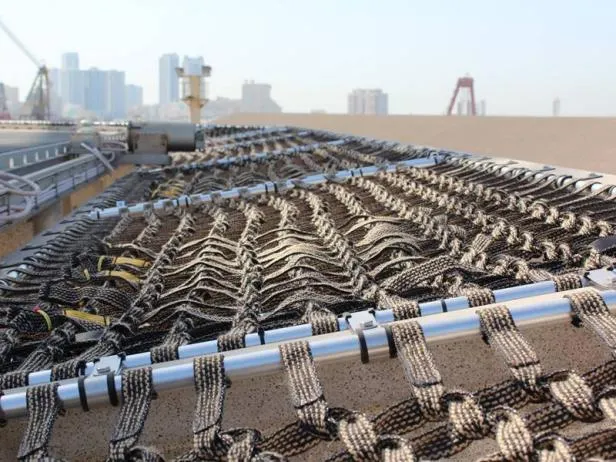- Industrial zone, South of Anping Town, Hengshui, Hebei, China.
- sales@hfpetromesh.com
- +86-18931809706
 Afrikaans
Afrikaans  Albanian
Albanian  Amharic
Amharic  Arabic
Arabic  Armenian
Armenian  Azerbaijani
Azerbaijani  Basque
Basque  Belarusian
Belarusian  Bengali
Bengali  Bosnian
Bosnian  Bulgarian
Bulgarian  Catalan
Catalan  Cebuano
Cebuano  Corsican
Corsican  Croatian
Croatian  Czech
Czech  Danish
Danish  Dutch
Dutch  English
English  Esperanto
Esperanto  Estonian
Estonian  Finnish
Finnish  French
French  Frisian
Frisian  Galician
Galician  Georgian
Georgian  German
German  Greek
Greek  Gujarati
Gujarati  Haitian Creole
Haitian Creole  hausa
hausa  hawaiian
hawaiian  Hebrew
Hebrew  Hindi
Hindi  Miao
Miao  Hungarian
Hungarian  Icelandic
Icelandic  igbo
igbo  Indonesian
Indonesian  irish
irish  Italian
Italian  Japanese
Japanese  Javanese
Javanese  Kannada
Kannada  kazakh
kazakh  Khmer
Khmer  Rwandese
Rwandese  Korean
Korean  Kurdish
Kurdish  Kyrgyz
Kyrgyz  Lao
Lao  Latin
Latin  Latvian
Latvian  Lithuanian
Lithuanian  Luxembourgish
Luxembourgish  Macedonian
Macedonian  Malgashi
Malgashi  Malay
Malay  Malayalam
Malayalam  Maltese
Maltese  Maori
Maori  Marathi
Marathi  Mongolian
Mongolian  Myanmar
Myanmar  Nepali
Nepali  Norwegian
Norwegian  Norwegian
Norwegian  Occitan
Occitan  Pashto
Pashto  Persian
Persian  Polish
Polish  Portuguese
Portuguese  Punjabi
Punjabi  Romanian
Romanian  Russian
Russian  Samoan
Samoan  Scottish Gaelic
Scottish Gaelic  Serbian
Serbian  Sesotho
Sesotho  Shona
Shona  Sindhi
Sindhi  Sinhala
Sinhala  Slovak
Slovak  Slovenian
Slovenian  Somali
Somali  Spanish
Spanish  Sundanese
Sundanese  Swahili
Swahili  Swedish
Swedish  Tagalog
Tagalog  Tajik
Tajik  Tamil
Tamil  Tatar
Tatar  Telugu
Telugu  Thai
Thai  Turkish
Turkish  Turkmen
Turkmen  Ukrainian
Ukrainian  Urdu
Urdu  Uighur
Uighur  Uzbek
Uzbek  Vietnamese
Vietnamese  Welsh
Welsh  Bantu
Bantu  Yiddish
Yiddish  Yoruba
Yoruba  Zulu
Zulu
- Afrikaans
- Albanian
- Amharic
- Arabic
- Armenian
- Azerbaijani
- Basque
- Belarusian
- Bengali
- Bosnian
- Bulgarian
- Catalan
- Cebuano
- Corsican
- Croatian
- Czech
- Danish
- Dutch
- English
- Esperanto
- Estonian
- Finnish
- French
- Frisian
- Galician
- Georgian
- German
- Greek
- Gujarati
- Haitian Creole
- hausa
- hawaiian
- Hebrew
- Hindi
- Miao
- Hungarian
- Icelandic
- igbo
- Indonesian
- irish
- Italian
- Japanese
- Javanese
- Kannada
- kazakh
- Khmer
- Rwandese
- Korean
- Kurdish
- Kyrgyz
- Lao
- Latin
- Latvian
- Lithuanian
- Luxembourgish
- Macedonian
- Malgashi
- Malay
- Malayalam
- Maltese
- Maori
- Marathi
- Mongolian
- Myanmar
- Nepali
- Norwegian
- Norwegian
- Occitan
- Pashto
- Persian
- Polish
- Portuguese
- Punjabi
- Romanian
- Russian
- Samoan
- Scottish Gaelic
- Serbian
- Sesotho
- Shona
- Sindhi
- Sinhala
- Slovak
- Slovenian
- Somali
- Spanish
- Sundanese
- Swahili
- Swedish
- Tagalog
- Tajik
- Tamil
- Tatar
- Telugu
- Thai
- Turkish
- Turkmen
- Ukrainian
- Urdu
- Uighur
- Uzbek
- Vietnamese
- Welsh
- Bantu
- Yiddish
- Yoruba
- Zulu
Feb . 20, 2025 06:06
Back to list
metal walkways gratings
Galvanized steel walkways stand as a remarkable innovation in the world of construction and architecture, providing unparalleled benefits that cater to various industries. Renowned for their durability, safety, and low maintenance, these walkways have revolutionized how businesses ensure secure and efficient passage across different environmental conditions. Companies across the globe are now more frequently opting for galvanized steel, recognizing the long-term advantages it offers in terms of both performance and cost-effectiveness.
From an operational perspective, the low maintenance requirements of galvanized steel walkways contribute to cost savings over time. Unlike other materials that may require frequent inspections or repairs due to corroding issues, galvanized steel offers peace of mind. The structural integrity remains intact over years, leading to fewer disruptions in operations and lower maintenance budgets. This reliability also contributes to environmental sustainability, as longer-lasting materials reduce the frequency of replacements and associated resource consumption. Moreover, galvanized steel is recyclable, making it a sustainable choice in today's environmentally conscious market. After serving its purpose, the material can be recycled and repurposed, supporting circular economic principles. This aspect further elevates its standing as a preferred material in industries moving towards greener solutions. To further enhance the safety and utility of galvanized steel walkways, additional features such as anti-slip surfaces and customizable designs are available. These adaptations are critical in areas prone to wet or oily conditions, where slip hazards could pose significant safety risks. Custom designs also allow businesses to optimize walkways for specific operational needs, whether it’s accommodating heavy loads or ensuring smooth access for equipment. In conclusion, the expertise brought by galvanized steel walkways transcends beyond basic infrastructure. Its development reflects a deep understanding of industrial needs, merging safety, durability, and sustainability. Businesses seeking reliable solutions for walkway installations find galvanized steel to be a trusted choice, supported by a legacy of performance and adaptability to future challenges. Embracing such innovations not only enhances operational efficiency but also demonstrates a commitment to employee safety and environmental responsibility.


From an operational perspective, the low maintenance requirements of galvanized steel walkways contribute to cost savings over time. Unlike other materials that may require frequent inspections or repairs due to corroding issues, galvanized steel offers peace of mind. The structural integrity remains intact over years, leading to fewer disruptions in operations and lower maintenance budgets. This reliability also contributes to environmental sustainability, as longer-lasting materials reduce the frequency of replacements and associated resource consumption. Moreover, galvanized steel is recyclable, making it a sustainable choice in today's environmentally conscious market. After serving its purpose, the material can be recycled and repurposed, supporting circular economic principles. This aspect further elevates its standing as a preferred material in industries moving towards greener solutions. To further enhance the safety and utility of galvanized steel walkways, additional features such as anti-slip surfaces and customizable designs are available. These adaptations are critical in areas prone to wet or oily conditions, where slip hazards could pose significant safety risks. Custom designs also allow businesses to optimize walkways for specific operational needs, whether it’s accommodating heavy loads or ensuring smooth access for equipment. In conclusion, the expertise brought by galvanized steel walkways transcends beyond basic infrastructure. Its development reflects a deep understanding of industrial needs, merging safety, durability, and sustainability. Businesses seeking reliable solutions for walkway installations find galvanized steel to be a trusted choice, supported by a legacy of performance and adaptability to future challenges. Embracing such innovations not only enhances operational efficiency but also demonstrates a commitment to employee safety and environmental responsibility.
Share
Prev:
Next:
Latest news
-
Why Our Shaker Screen for Sale Stands Out in Every ApplicationNewsAug.08,2025
-
Unmatched Efficiency with Premium Shale Shaker Screen TechnologyNewsAug.08,2025
-
Reliable, Durable, and Cost-Effective: Press Locked Steel Grating SolutionsNewsAug.08,2025
-
Precision Strength with Welded Steel Bar GratingNewsAug.08,2025
-
Perimeter Safety Netting: The High-Strength Shield for Elevated Safety SolutionsNewsAug.08,2025
-
Maximize Performance with Steel Walkway GratingNewsAug.08,2025